Home>Home Appliances>Kitchen Appliances>How To Dehydrate Strawberries In A Dehydrator
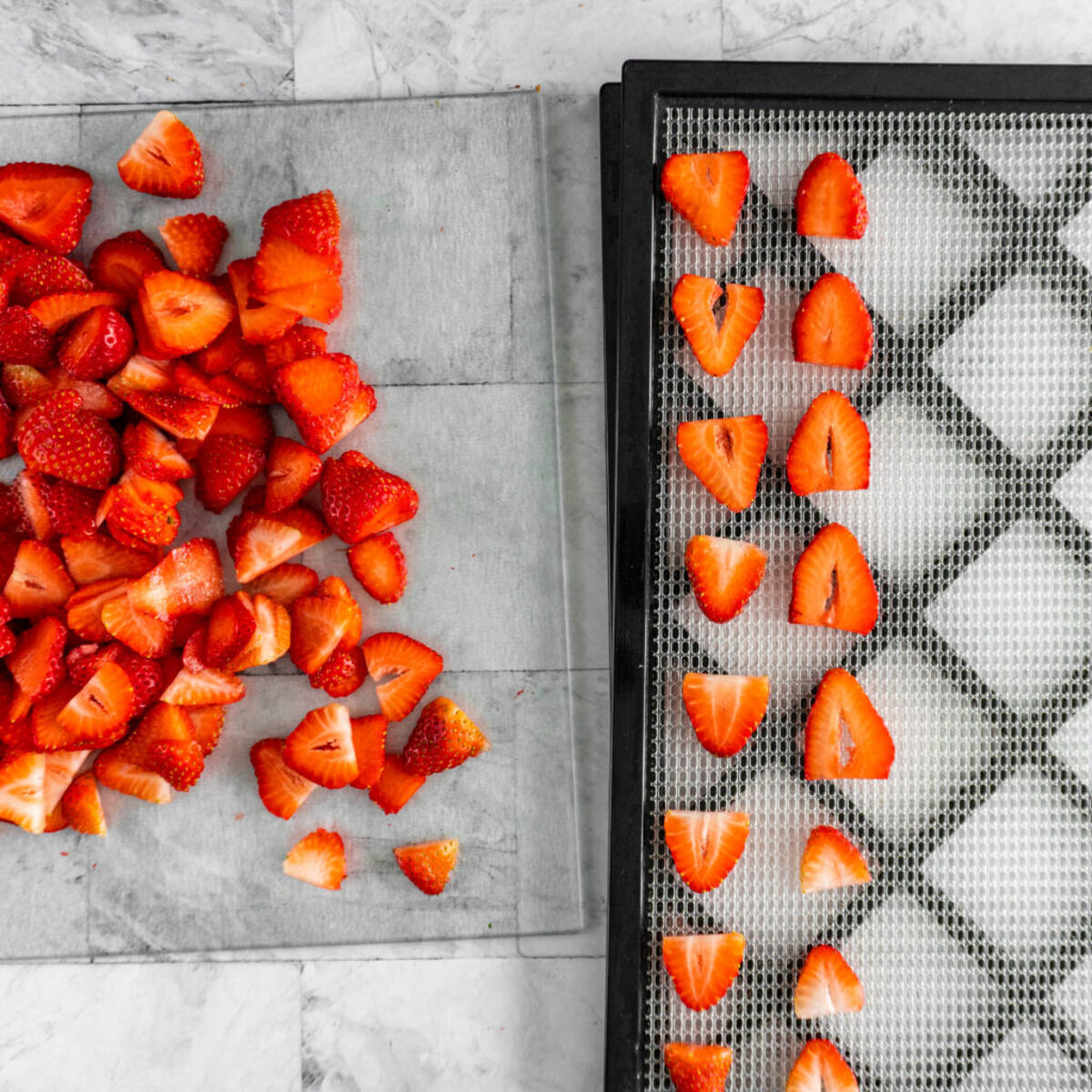

Kitchen Appliances
How To Dehydrate Strawberries In A Dehydrator
Modified: January 8, 2024
Learn how to easily dehydrate strawberries in a dehydrator with our step-by-step guide. Perfect for preserving fruit using kitchen appliances.
(Many of the links in this article redirect to a specific reviewed product. Your purchase of these products through affiliate links helps to generate commission for Storables.com, at no extra cost. Learn more)
Introduction
Are you a fan of strawberries? Do you wish to enjoy their delightful flavor and nutritional benefits throughout the year, even when they are out of season? If so, dehydrating strawberries in a dehydrator is a fantastic way to preserve these vibrant and succulent fruits. Not only does this process extend their shelf life, but it also concentrates their natural sweetness, resulting in a delicious and healthy snack that can be enjoyed on its own or used as a versatile ingredient in various culinary creations.
In this comprehensive guide, we will explore the step-by-step process of dehydrating strawberries in a dehydrator, ensuring that you achieve optimal results every time. From selecting the freshest strawberries to properly storing the dehydrated fruits, we will cover every aspect of this rewarding endeavor. By the end of this article, you will be equipped with the knowledge and confidence to embark on your own strawberry dehydration journey, unlocking a world of culinary possibilities and long-lasting flavor.
So, let's dive into the enticing realm of dehydrating strawberries and discover the simple yet rewarding process of transforming these luscious fruits into shelf-stable delights that you can enjoy at any time of the year.
Key Takeaways:
- Enjoy delicious and nutritious dehydrated strawberries year-round by following simple steps to preserve their flavor and sweetness in a dehydrator. Perfect for snacking or enhancing a variety of culinary creations!
- Dehydrated strawberries offer versatile uses, from standalone snacks to enhancing baked goods and beverages. Embrace their vibrant flavor and natural sweetness to elevate your culinary repertoire with ease.
Read more: How To Store Dehydrated Strawberries
Choosing and Preparing Strawberries
Before embarking on the dehydrating process, it is crucial to select the finest strawberries and prepare them meticulously. When choosing strawberries for dehydration, opt for ripe, firm, and blemish-free fruits. The vibrant red color and fragrant aroma are indicative of their ripeness and sweetness, ensuring a flavorful end result.
Once you have handpicked or purchased your premium strawberries, it is time to prepare them for the dehydration journey. Start by gently rinsing the strawberries under cold water to remove any dirt or debris. After washing, pat them dry with paper towels to ensure that excess moisture is eliminated, as this will expedite the dehydration process and prevent the growth of mold.
Next, it’s time to remove the stems and hull the strawberries. Using a paring knife or a specialized huller, carefully remove the green stems and any white hull material, ensuring that the majority of the fruit is preserved. You can choose to slice the strawberries into uniform pieces to promote even dehydration, or if preferred, leave smaller berries whole while halving or quartering larger ones. Consistency in the size of the strawberry pieces will result in uniform dehydration, yielding evenly dried fruits that are visually appealing and delightful to consume.
By meticulously selecting and preparing the strawberries in this manner, you are laying the foundation for a successful dehydration process, ensuring that the end product is of the highest quality and retains the essence of fresh strawberries while offering extended shelf life and enhanced flavor.
Preparing the Dehydrator
Before commencing the dehydration process, it is essential to prepare the dehydrator to create an optimal environment for drying the strawberries. Whether you are using a stackable dehydrator, a shelf dehydrator, or a box dehydrator, the following steps will guide you in setting up the equipment for successful fruit dehydration.
The first step is to ensure that the dehydrator trays are clean and dry. Thoroughly wash the trays with mild soap and warm water, and then dry them completely to prevent any potential contamination during the dehydration process. Additionally, inspect the trays for any signs of damage or warping that could hinder the even distribution of heat and airflow.
Once the trays are clean and dry, it is time to arrange the prepared strawberries on the trays. Place the strawberry slices or whole berries in a single layer, ensuring that there is ample space between each piece to facilitate proper air circulation. This will promote uniform dehydration and prevent the fruits from sticking together during the process.
After arranging the strawberries on the trays, it is crucial to set the dehydrator to the appropriate temperature for drying fruits. The recommended temperature for dehydrating strawberries typically ranges from 125°F to 135°F (approximately 52°C to 57°C). Consult the dehydrator’s manual for specific guidelines regarding temperature settings, as different models may vary in their optimal operating temperatures.
Furthermore, ensure that the dehydrator is placed in a well-ventilated area with sufficient airflow to facilitate the evaporation of moisture from the strawberries. Avoid positioning the dehydrator near heat sources, direct sunlight, or areas with high humidity, as these factors can impede the dehydration process and compromise the quality of the end product.
By meticulously preparing the dehydrator and adhering to these guidelines, you are creating an ideal environment for dehydrating strawberries, setting the stage for a successful and rewarding preservation process that will yield delectable and shelf-stable fruits.
Before dehydrating strawberries, make sure to wash and hull them. Then, slice them into even pieces to ensure they dry evenly in the dehydrator.
Dehydrating the Strawberries
With the strawberries meticulously selected, prepared, and the dehydrator primed for action, it’s time to embark on the exciting phase of dehydrating these vibrant fruits. The process of dehydrating strawberries involves gentle heat and airflow to gradually remove moisture, resulting in concentrated flavor, natural sweetness, and a satisfyingly chewy texture.
As the dehydrator hums to life, the strawberries begin their transformation. Over the course of several hours, the warm air circulates around the strawberries, gently drawing out moisture and preserving the essence of the fruit. Throughout this process, it is essential to periodically check the progress of the dehydration, ensuring that the strawberries are drying uniformly and adjusting the trays as needed to promote consistent airflow.
The duration of the dehydration process can vary depending on factors such as the size of the strawberry pieces, the moisture content of the fruits, and the specific model of the dehydrator. Typically, dehydrating strawberries can take anywhere from 6 to 15 hours, with occasional rotation of the trays to ensure even drying.
During the dehydration process, the strawberries will gradually transform from plump and juicy fruits to shriveled, yet intensely flavorful delights. As the moisture evaporates, the natural sugars within the strawberries become more concentrated, resulting in a delightful sweetness that is further enhanced by the concentrated fruit flavors.
Throughout the dehydration process, it is important to monitor the strawberries for the desired texture. The ideal dehydrated strawberries should be firm and leathery, with no residual moisture. To ensure that the fruits are adequately dehydrated, perform a simple tactile test by pressing a piece between your fingers – it should feel pliable and slightly tacky without any moisture seeping out.
Once the strawberries have reached the desired level of dehydration, allow them to cool completely before proceeding to the next crucial step: storing the dehydrated fruits to preserve their quality and flavor for an extended period.
By carefully overseeing the dehydration process and ensuring that the strawberries reach the perfect texture, you are poised to savor the delightful rewards of your labor – a bounty of delectable, shelf-stable strawberries that are ready to be enjoyed in a myriad of culinary applications.
Storing Dehydrated Strawberries
After the strawberries have undergone the transformative process of dehydration, it is crucial to store them properly to maintain their quality, flavor, and nutritional benefits over an extended period. By employing appropriate storage methods, you can ensure that your dehydrated strawberries remain vibrant and delicious, ready to elevate your culinary creations and provide a nutritious snack at a moment’s notice.
The first step in storing dehydrated strawberries is to allow them to cool completely to room temperature. This ensures that any residual warmth dissipates, preventing the formation of condensation inside the storage container, which could compromise the fruits’ crisp texture and lead to spoilage.
Once the dehydrated strawberries have cooled, it is time to transfer them to airtight containers for storage. Opt for glass jars, food-grade plastic containers, or vacuum-sealed bags that provide an impermeable barrier against moisture, light, and air. Properly sealed containers safeguard the dehydrated strawberries from environmental elements, preserving their flavor and nutritional integrity for an extended period.
When filling the storage containers, ensure that the dehydrated strawberries are not packed too tightly, as this could lead to moisture retention and potential spoilage. Instead, allow some airspace within the containers to facilitate air circulation and minimize the risk of the fruits clumping together, which could compromise their texture and quality.
It is imperative to store the containers of dehydrated strawberries in a cool, dark, and dry environment to maintain their optimal quality. Exposure to heat, light, and humidity can accelerate the degradation of the dehydrated fruits, diminishing their flavor and shelf life. Therefore, store the containers in a pantry, cupboard, or another area away from direct sunlight and fluctuating temperatures.
By following these meticulous storage practices, you can safeguard the vibrant flavor, nutritional potency, and delightful texture of your dehydrated strawberries, ensuring that they remain a cherished ingredient and snack in your culinary repertoire for an extended duration.
Read more: How To Dehydrate Fruit In A Dehydrator
Using Dehydrated Strawberries
Once you have successfully dehydrated and stored your vibrant strawberries, a world of culinary possibilities unfolds, offering a myriad of delightful ways to incorporate these delectable fruits into your culinary creations and elevate your snacking experience. From adding a burst of natural sweetness to baked goods to infusing beverages with a delightful fruity essence, the uses of dehydrated strawberries are as diverse as they are delicious.
One of the most popular applications of dehydrated strawberries is as a standalone snack. The chewy texture and concentrated sweetness of these fruits make them a delightful and nutritious alternative to traditional sugary treats. Whether enjoyed on their own or combined with other dehydrated fruits and nuts to create a custom trail mix, dehydrated strawberries offer a guilt-free indulgence that is perfect for on-the-go snacking or satisfying a sweet craving.
Dehydrated strawberries also serve as a versatile ingredient in both sweet and savory culinary endeavors. When rehydrated, these fruits can be used to create vibrant fruit compotes, flavorful sauces, and tantalizing toppings for desserts such as ice cream, yogurt, and pancakes. Their natural sweetness and intense flavor can also enhance the profile of baked goods, including muffins, scones, and granola bars, infusing them with a delightful fruity essence.
Furthermore, dehydrated strawberries can be pulverized into a fine powder and used to flavor beverages, including smoothies, teas, and lemonades. This innovative application allows you to impart the essence of strawberries into a wide array of drinks, infusing them with a burst of natural flavor and a vibrant hue.
For those with a penchant for culinary experimentation, dehydrated strawberries can be incorporated into savory dishes to introduce a hint of sweetness and a pop of color. From adding them to salads and grain bowls to using them as a garnish for savory soups and stews, the versatility of dehydrated strawberries knows no bounds.
By embracing the creative potential of dehydrated strawberries, you can elevate your culinary repertoire and indulge in a spectrum of delightful flavors and textures, enhancing both your meals and your snacking experiences with the vibrant essence of these luscious fruits.
With these versatile applications, dehydrated strawberries offer a myriad of ways to infuse your culinary creations with vibrant flavor and natural sweetness, elevating your dishes and snacks to new heights of deliciousness.
Frequently Asked Questions about How To Dehydrate Strawberries In A Dehydrator
Was this page helpful?
At Storables.com, we guarantee accurate and reliable information. Our content, validated by Expert Board Contributors, is crafted following stringent Editorial Policies. We're committed to providing you with well-researched, expert-backed insights for all your informational needs.
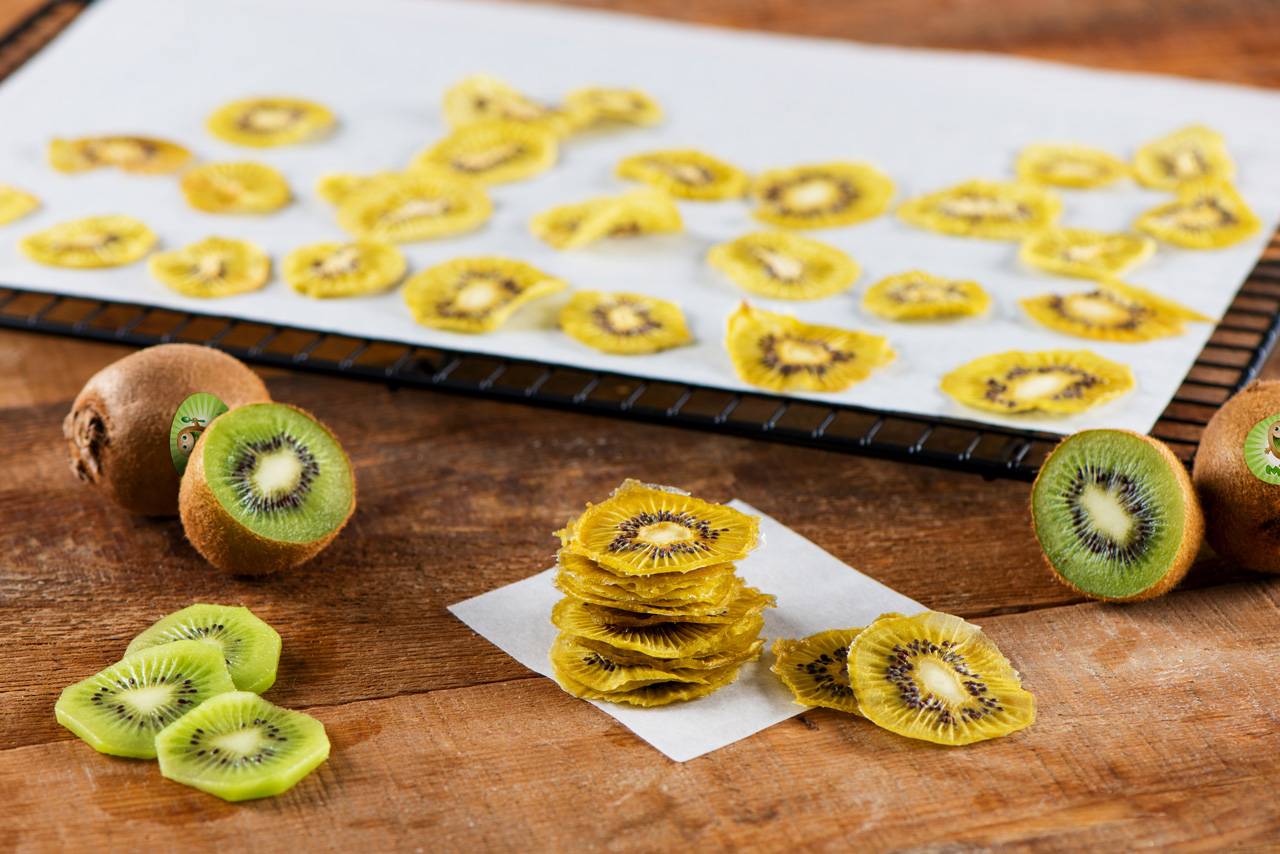
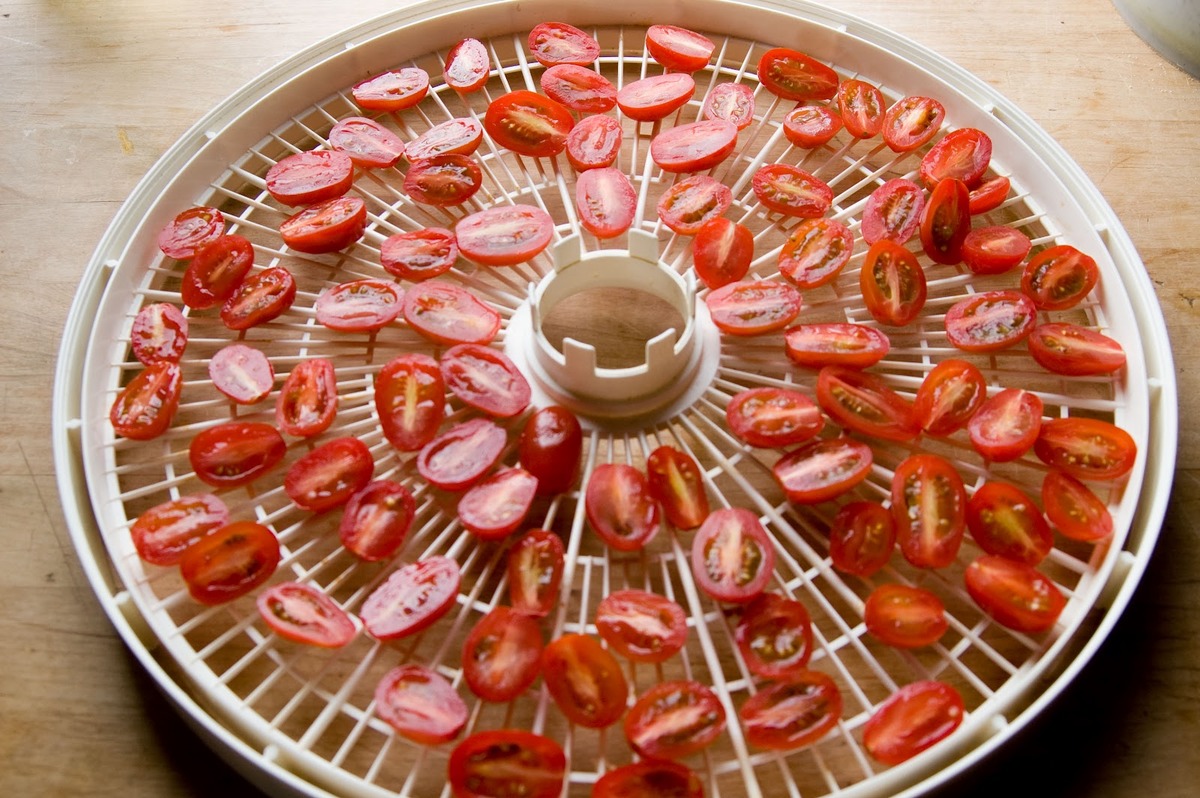
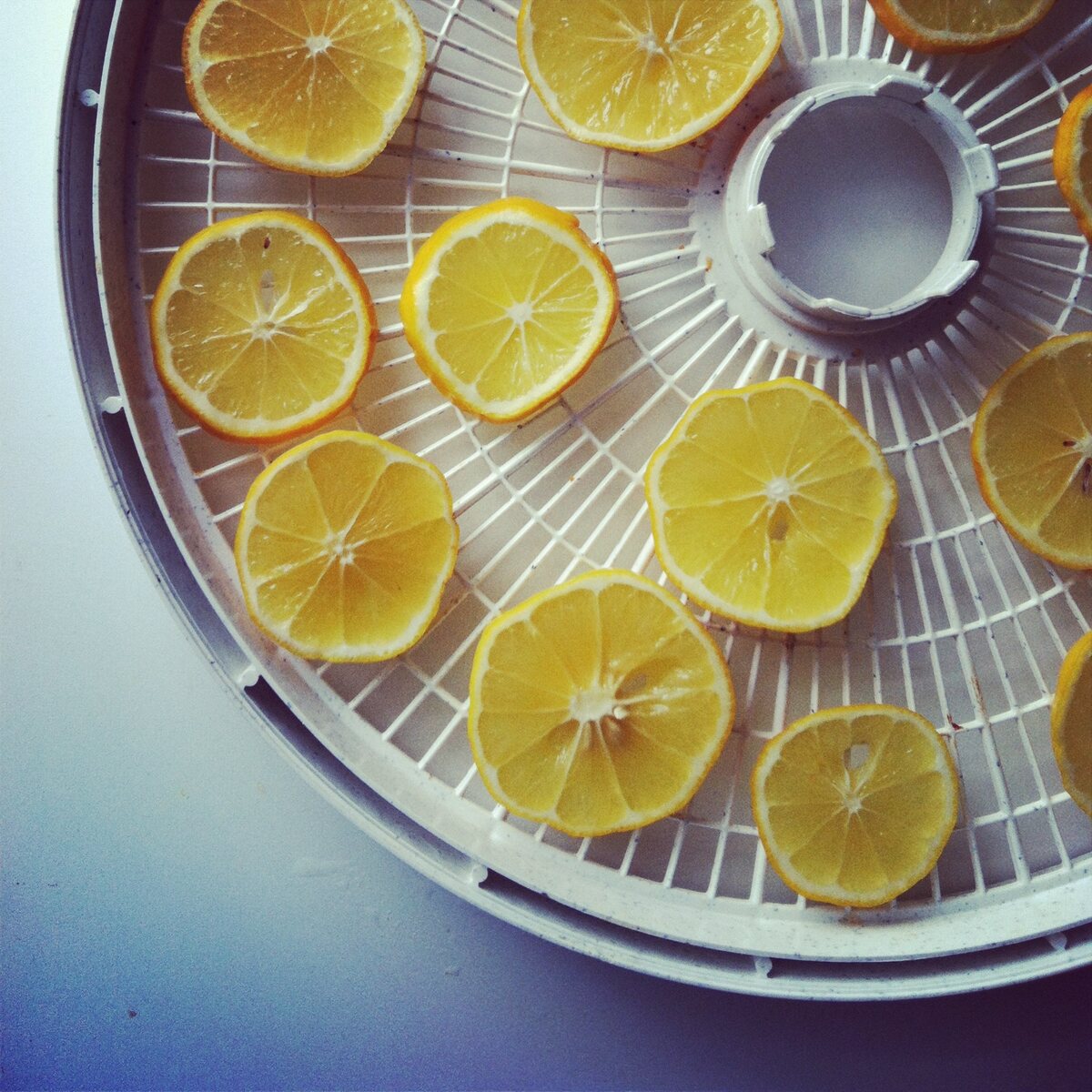
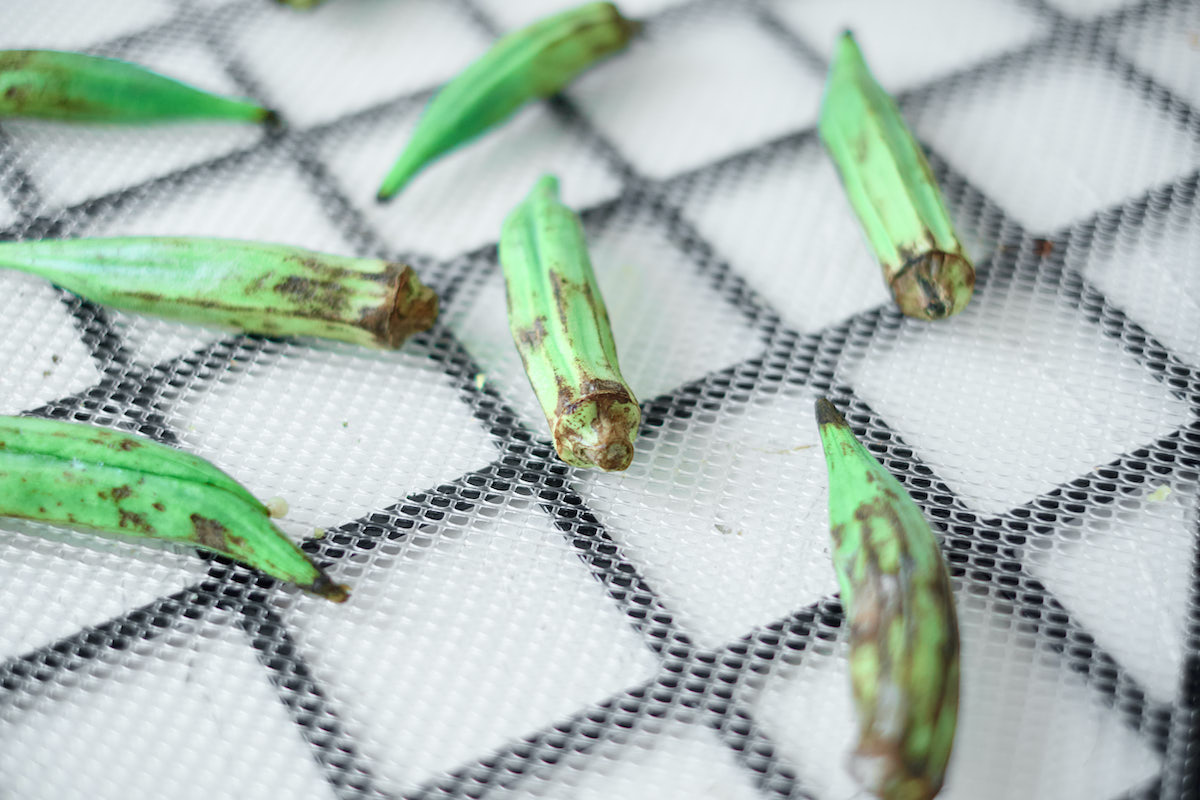
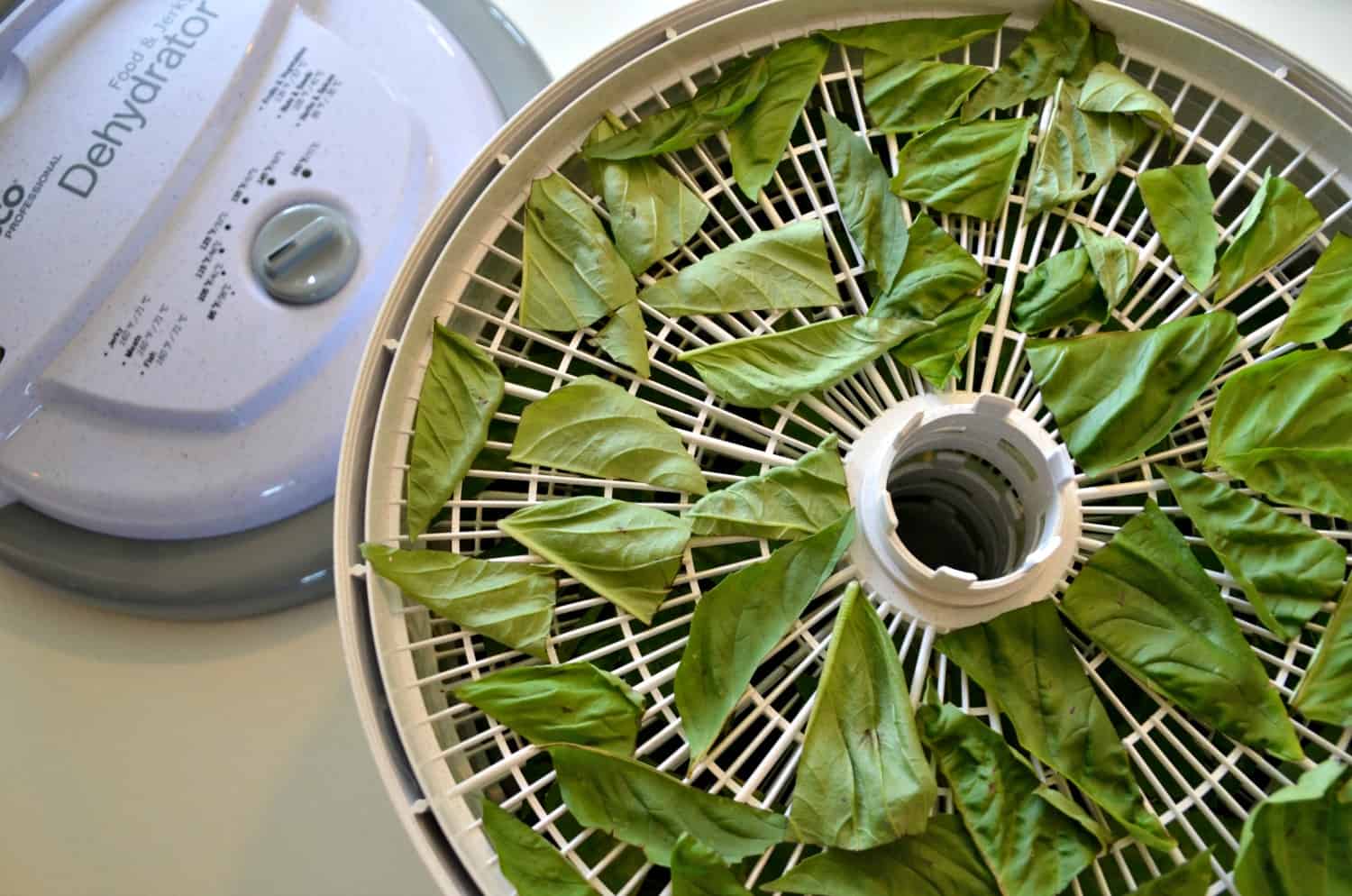
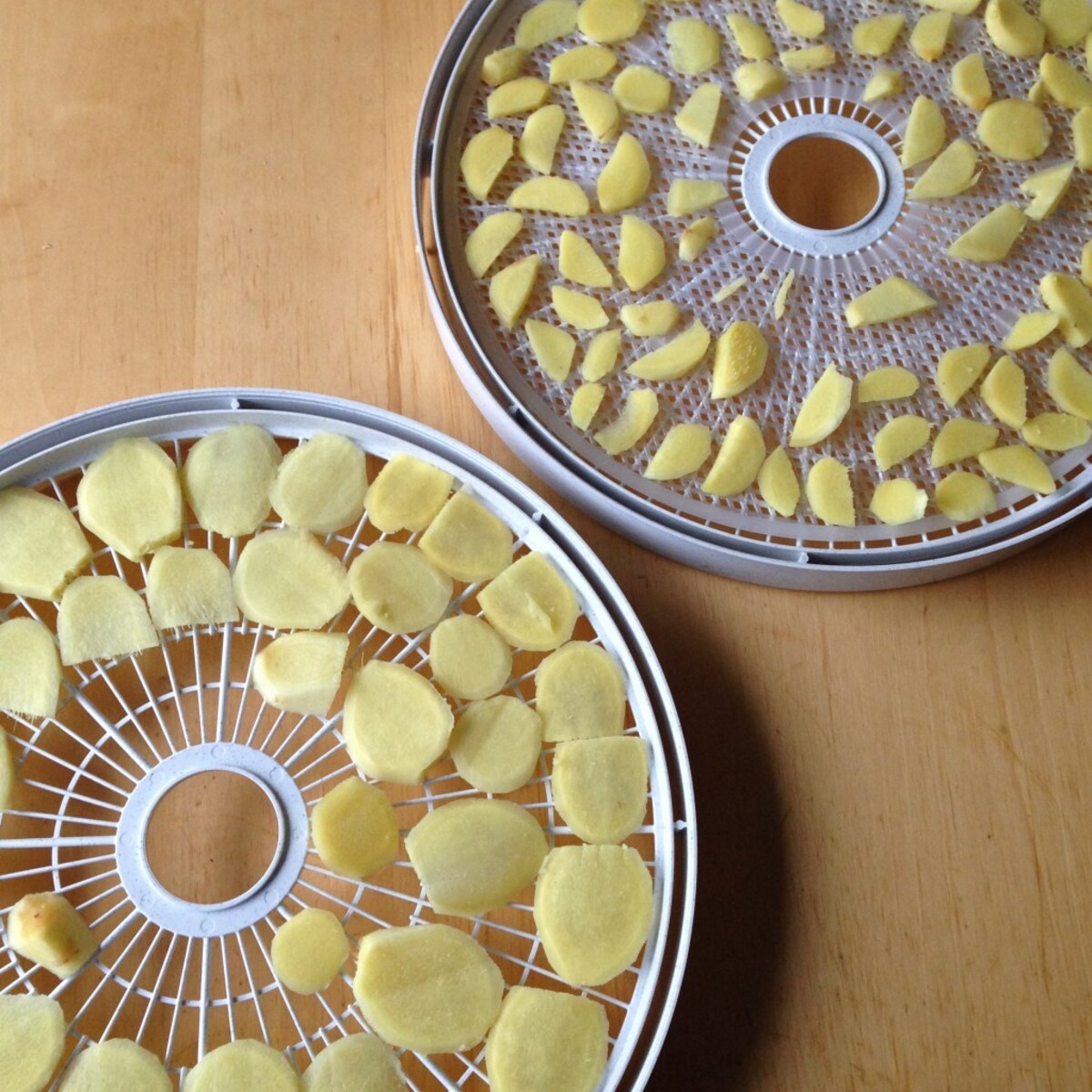
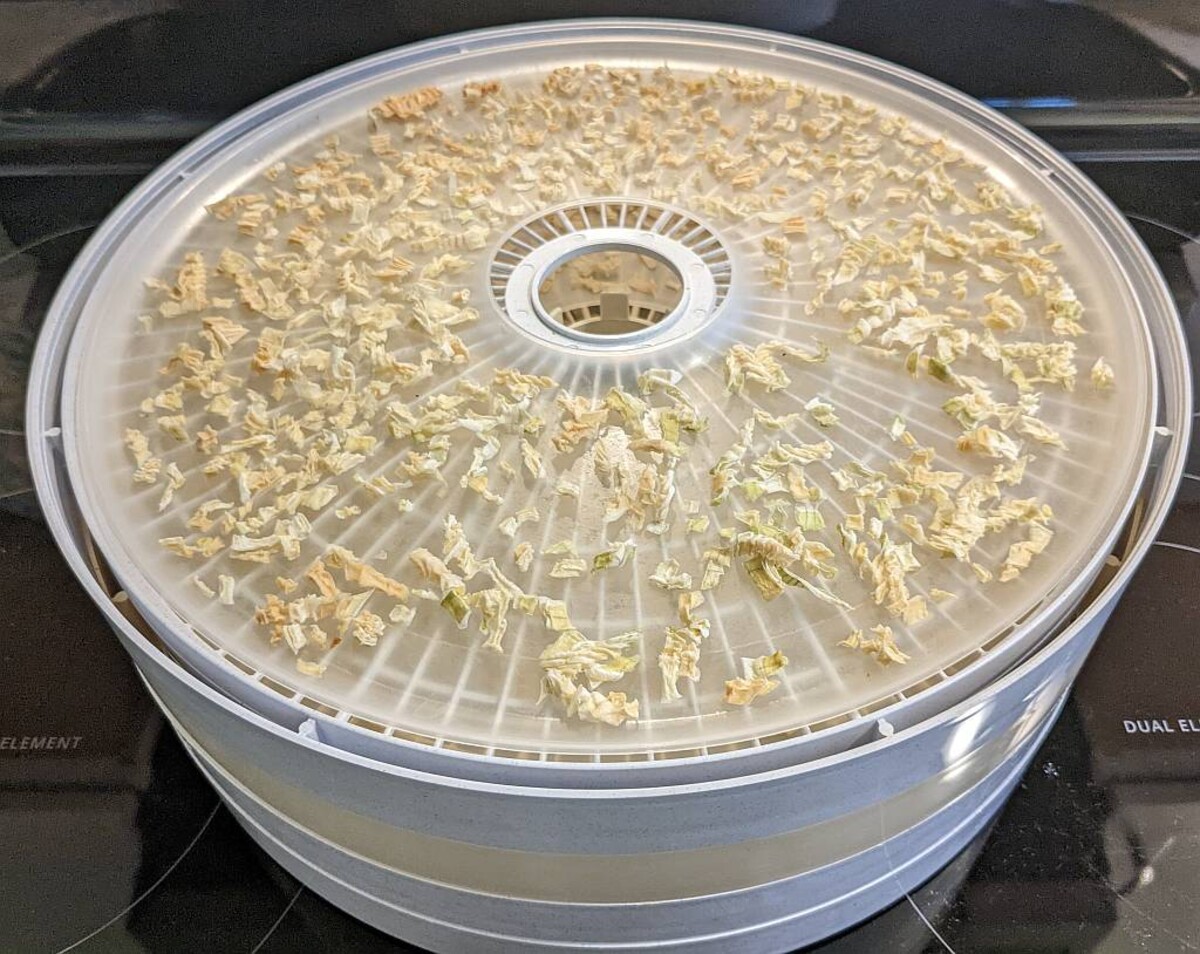
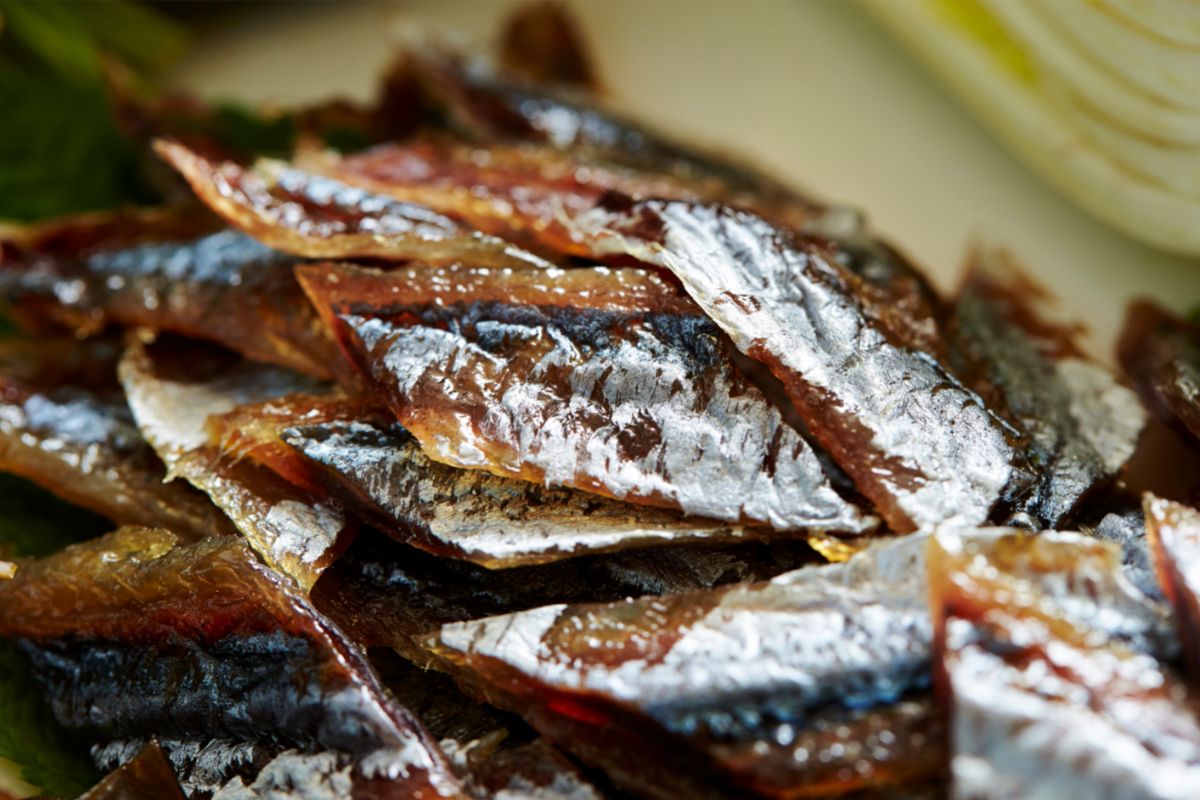

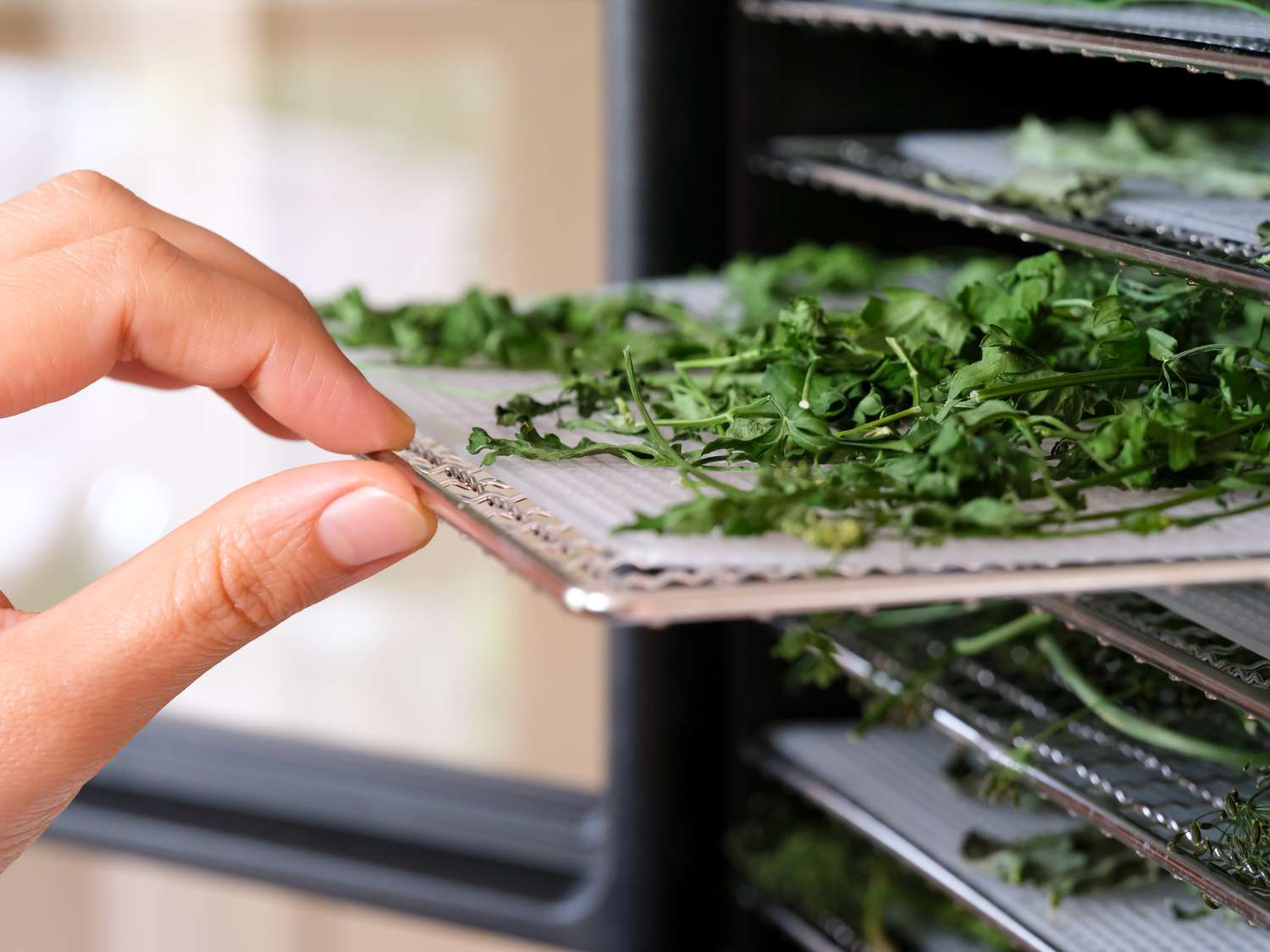
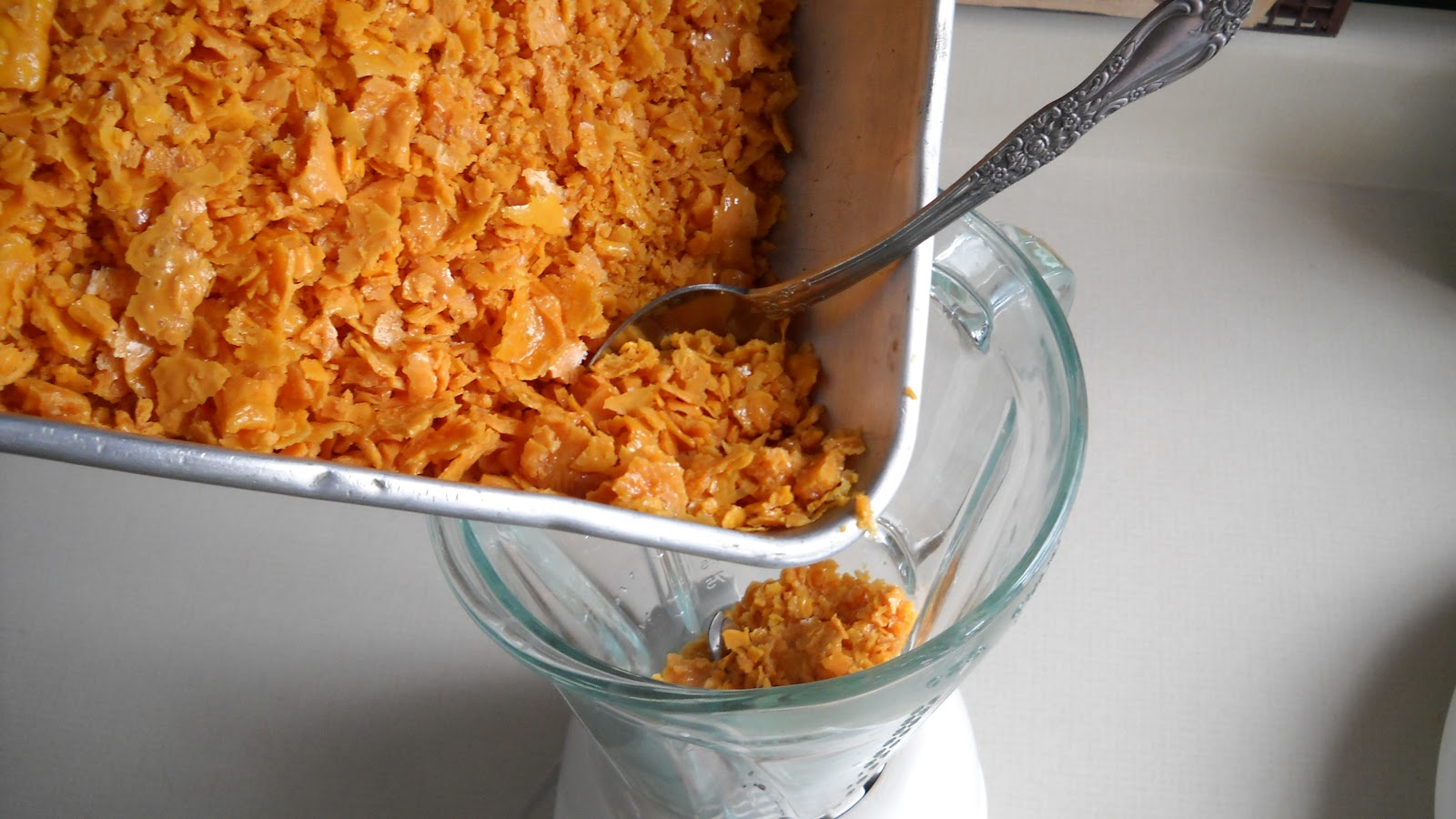
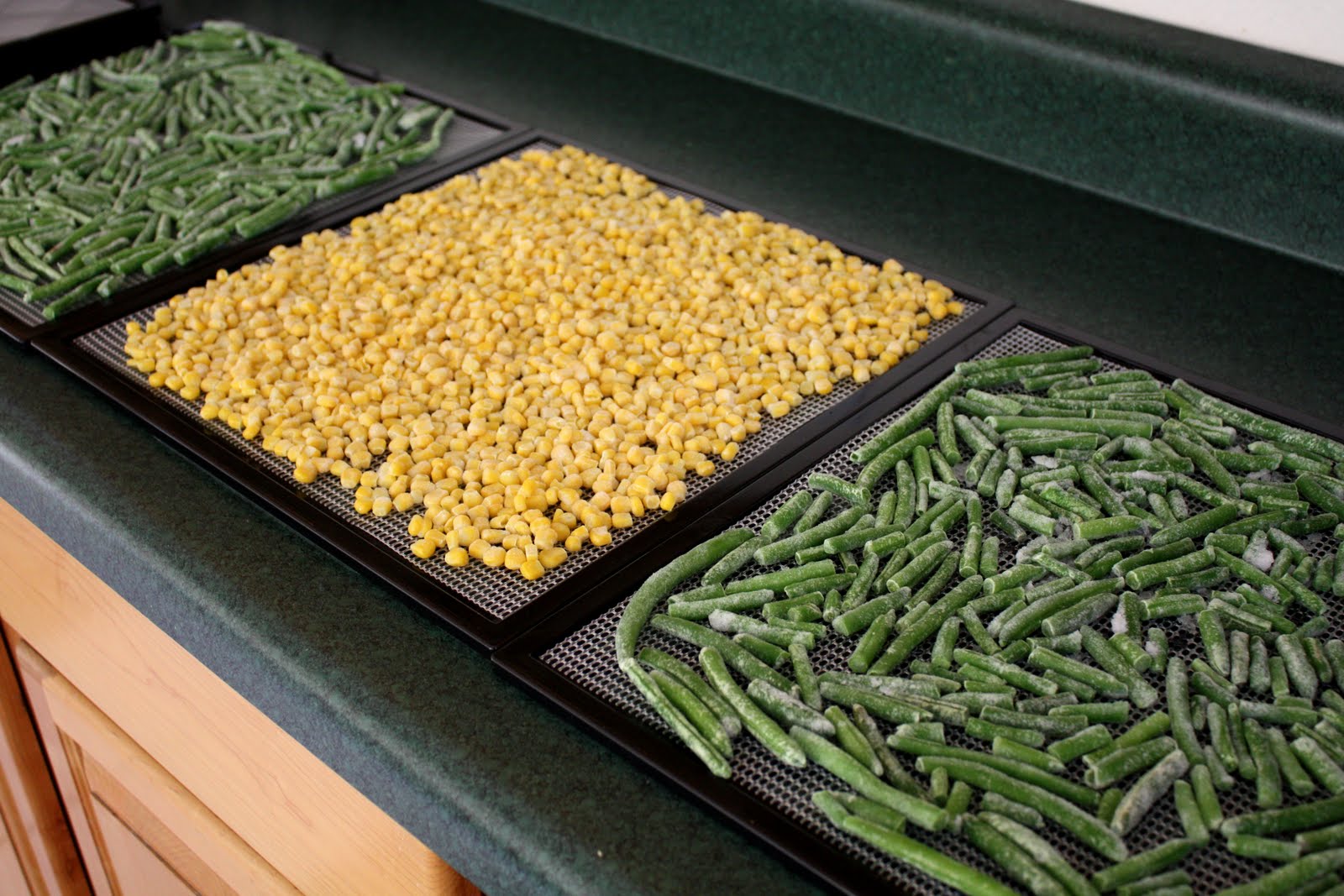
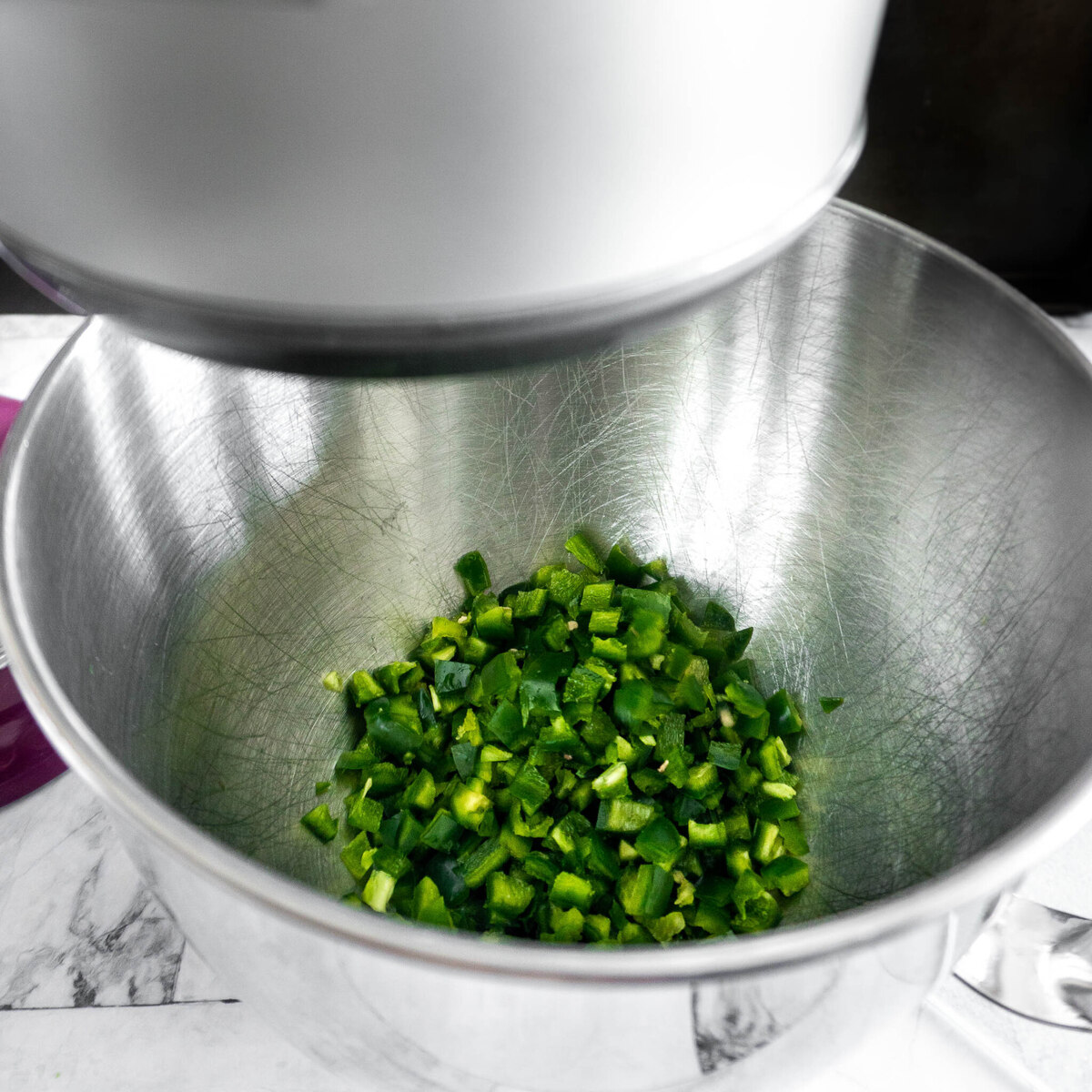
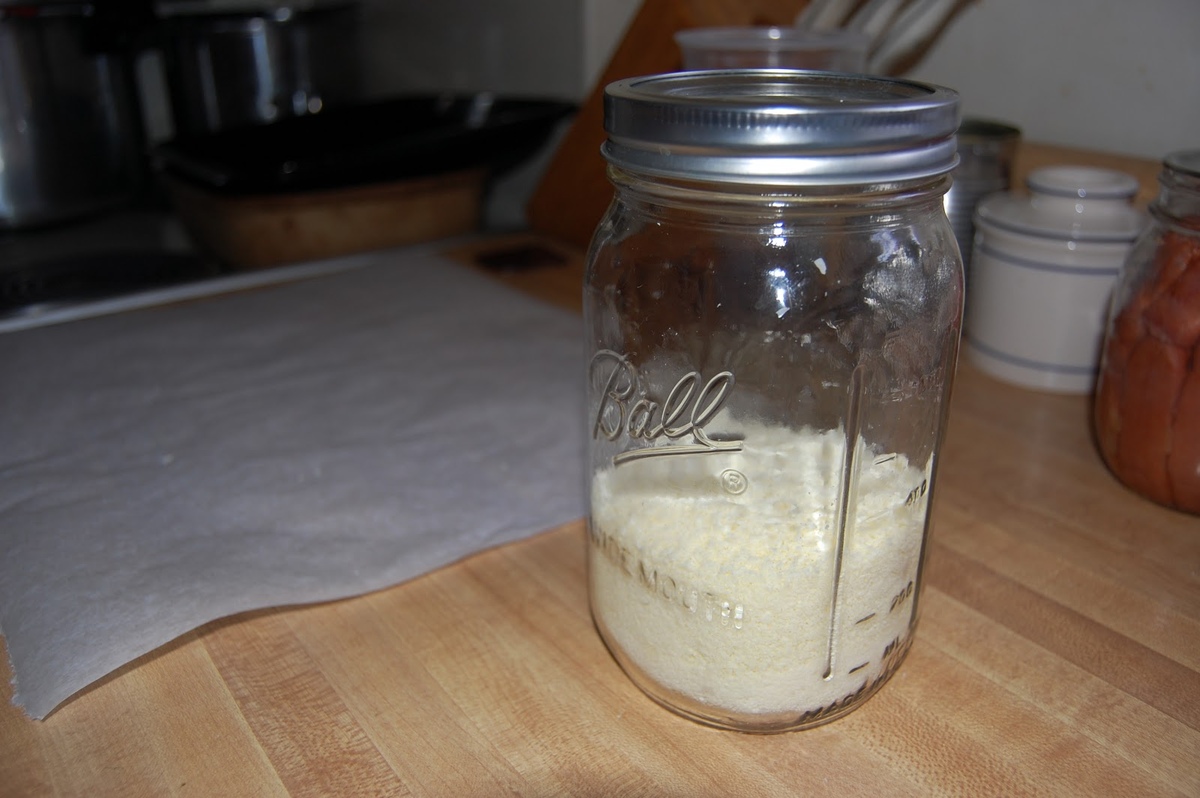

0 thoughts on “How To Dehydrate Strawberries In A Dehydrator”